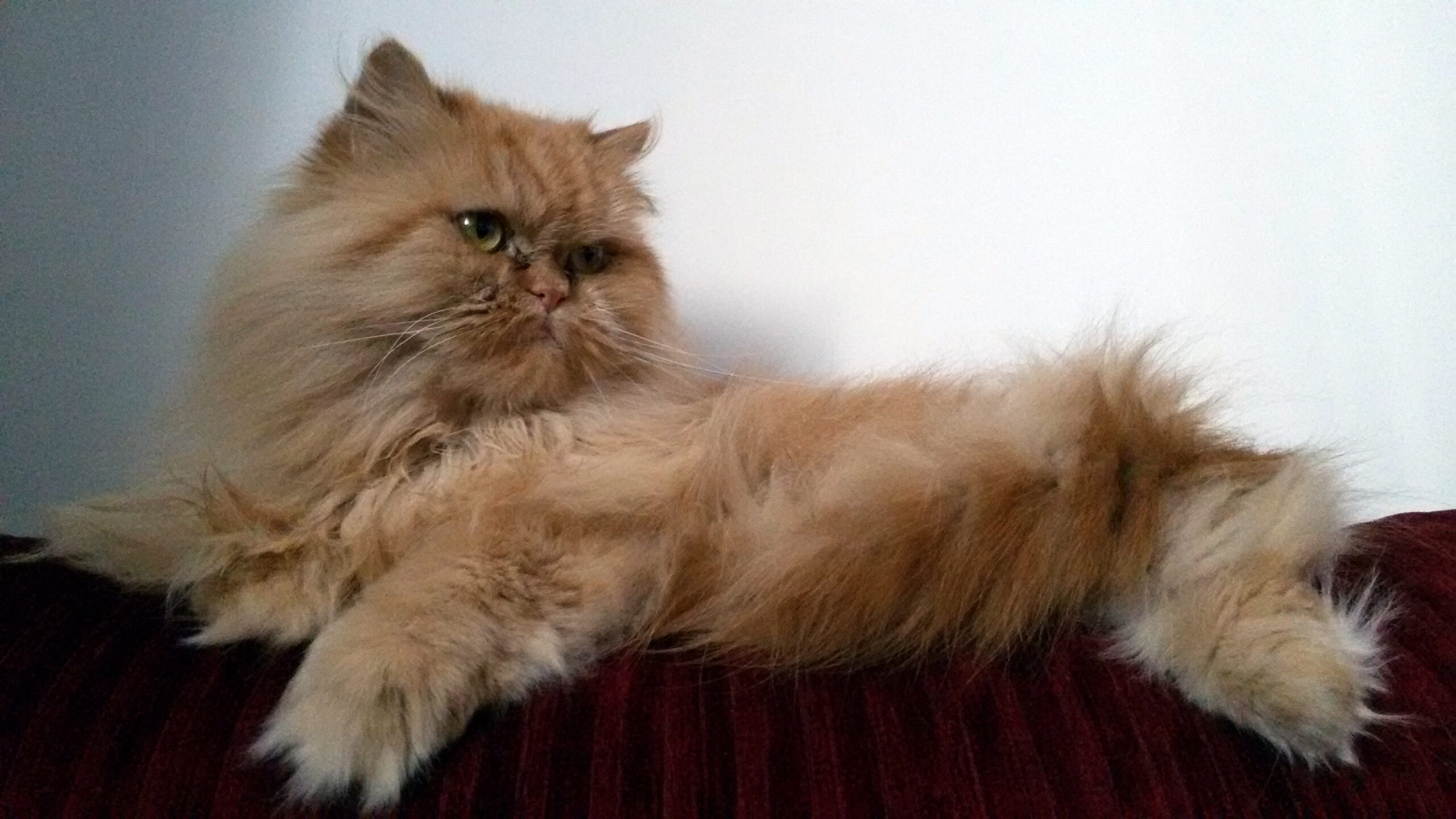Physiological Responses and Heat Issues in Persian Cats

Persian cats, with their distinctive flat faces and thick fur coats, can face unique challenges when it comes to dealing with hot summer temperatures. Understanding the physiological responses and common heat-related issues in these felines is crucial for ensuring their comfort and well-being during the warmer months.
What Physiological Responses Do Persian Cats Have to Heat?
- Breathing Difficulties: Persian cats, due to their brachycephalic (flat-faced) anatomy, have narrower airways, which can make panting and breathing more challenging, especially in hot weather. This can lead to increased susceptibility to heat-related illnesses.
- Temperature Regulation: Cats, including Persians, cannot sweat like humans and primarily cool themselves through grooming and seeking cooler environments. However, their thick fur coats can trap heat, making it harder for them to cool down.
- Increased Heart Rate and Respiratory Rate: When overheated, Persian cats may exhibit rapid heartbeat and breathing, which are signs of distress.
What Are the Common Heat Issues Faced by Persian Cats?
- Heatstroke: This is a critical condition where the cat’s body temperature exceeds 105°F (40.6°C), and they cannot cool themselves effectively. It is a medical emergency.
- Heat Exhaustion: This can occur when the cat’s body temperature is between 103°F to 104°F (39.4°C to 40°C), and they show signs of distress such as panting, drooling, and lethargy.
- Dehydration: Cats can quickly become dehydrated in hot weather, especially if they do not have access to cool, fresh water.
How Can You Keep Persian Cats Cool During Summer?

What Environmental Adjustments Can Help?
- Cool Environment: Ensure your Persian cat stays indoors in a cool, well-ventilated area, preferably with air conditioning. If air conditioning is not available, use fans to circulate air.
- Shade and Ventilation: Provide plenty of shade and ensure good ventilation in areas where your cat spends time. Avoid trapping your cat in hot, enclosed spaces like sheds or garages.
How Can You Keep Your Persian Cat Hydrated?
- Fresh Water: Offer multiple sources of fresh, cool water around the house. You can add ice cubes to the water to keep it cool.
- Wet Food: Incorporate wet food into your cat’s diet to increase moisture intake.
What Cooling Techniques Can You Use?
- Cooling Towels: Use damp towels that have been cooled in the freezer. Place them near your cat or gently lay them on your cat if they tolerate it.
- Ice Packs: Gently run an ice pack over your cat’s body, similar to petting, if they do not mind.
- Cooling Pads: Consider using cooling pads designed for pets.
What Behavioral Signs Should You Watch For?
- Panting and Rapid Breathing: Unusual panting or rapid breathing.
- Drooling and Salivating: Excessive drooling.
- Lethargy and Weakness: If your cat becomes weak or sluggish.
- Bright Red or Pale Gums: Changes in gum color.
- Vomiting and Diarrhea: These are severe signs of heat stress.
How Can You Prevent Heat Stress in Persian Cats?
How Can You Monitor Your Cat’s Temperature?
- Normal Temperature Range: A normal body temperature for cats is between 100.5°F to 102.5°F (38°C to 39.1°C). If the temperature exceeds 104°F (40°C), seek immediate veterinary attention.
- Temperature Measurement: Use a pet-safe digital thermometer for rectal temperature readings.
What Products and Tools Can You Use?
- Digital Thermometer: For accurate temperature readings.
- Cooling Towels or Pads: For immediate relief from heat.
- Fans: To circulate air and keep your cat cool.
What Are the Schedules and Costs Involved?
- Regular Checks: Check your cat frequently during hot weather to ensure they are not showing signs of heat stress. This is a cost-free but time-intensive measure.
- Cooling Products: The cost of cooling products like digital thermometers and cooling pads can vary but are generally affordable. For example, a digital thermometer might cost between $5 to $20.
Additional Considerations
- Avoid Shaving: While it might seem counterintuitive, shaving a Persian cat’s fur can actually increase their risk of sunburn and skin cancer, as their fur acts as a protective barrier.
- Proper Grooming: Ensure your cat’s fur is well-groomed to help regulate their body temperature effectively.
Reference Links
- Is Your Cat Overheating? 11 Signs of Heat Exhaustion – BeChewy
[https://be.chewy.com/is-your-cat-overheating/] - How hot is too hot for cats, according to a vet – Betterpet
[https://betterpet.com/how-hot-can-cats-get/] - How can I cool my Persian cat in these extremely hot days? – Reddit
[https://www.reddit.com/r/CatAdvice/comments/oy5ttz/how_can_i_cool_my_persian_cat_in_these_extremely/]
